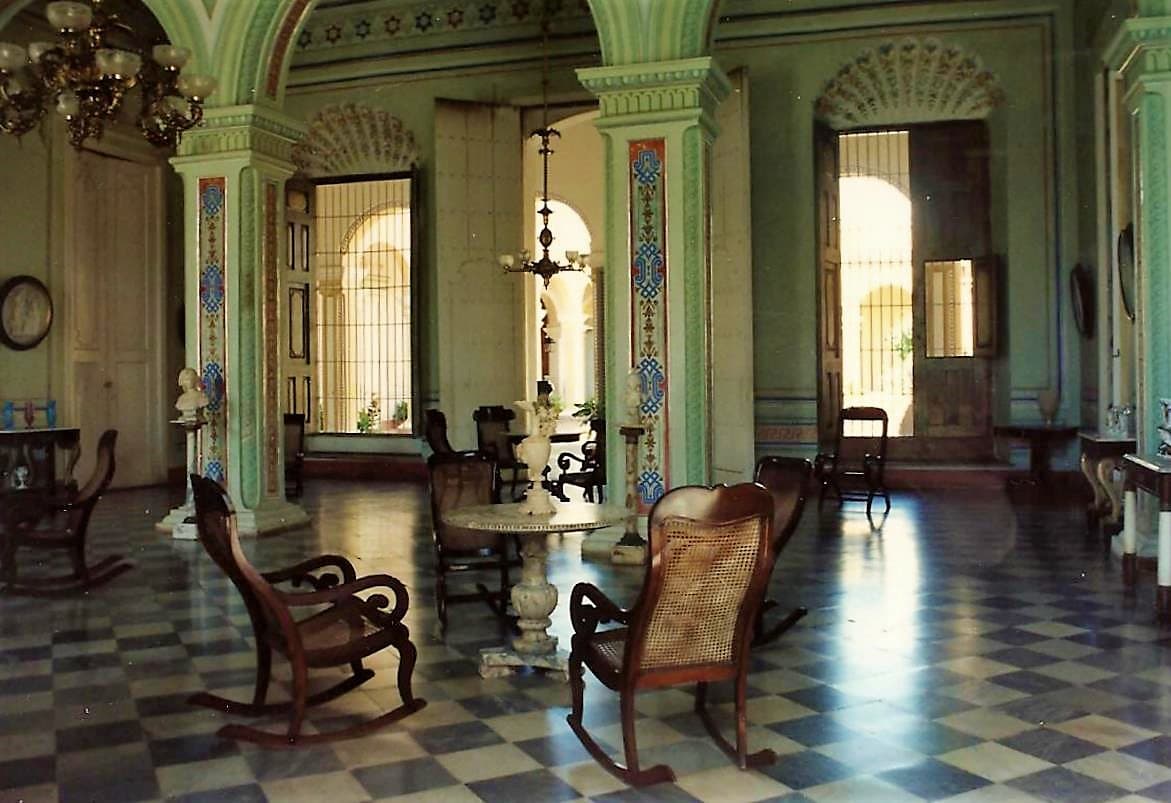
Museo de Arquitectura Colonial
Step back in time at this museum, showcasing the ingenuity of colonial architecture and the daily lives of its inhabitants.
Highlights
Must-see attractions
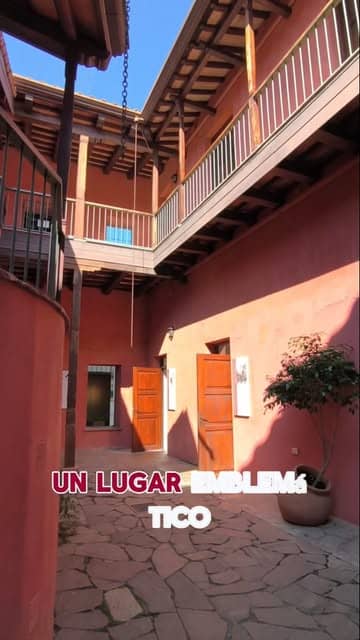
Social
From TikTok & Reddit
Best Time
Fewer crowds, more peaceful

Museo de Arquitectura Colonial
Best Time
Fewer crowds, more peaceful
Highlights
Must-see attractions
Step back in time at this museum, showcasing the ingenuity of colonial architecture and the daily lives of its inhabitants.
"MUST SEE!!! I was truly amazed by this place too."
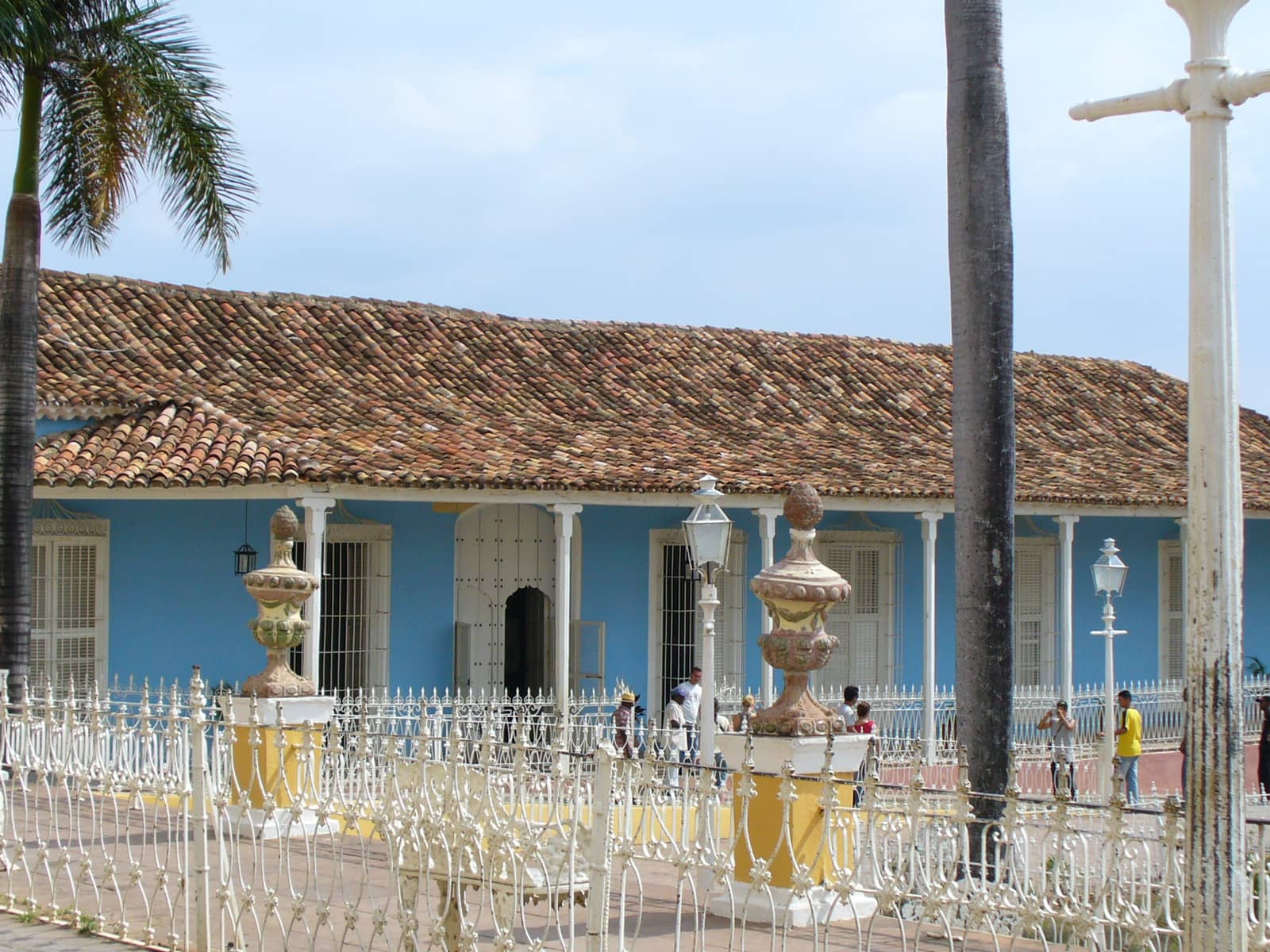
🗣️ Learn Basic Spanish
Enhances understanding of guides and signs, making the visit much richer.
⏳ Allow ample time
Don't rush; 1-2 hours lets you appreciate the details.
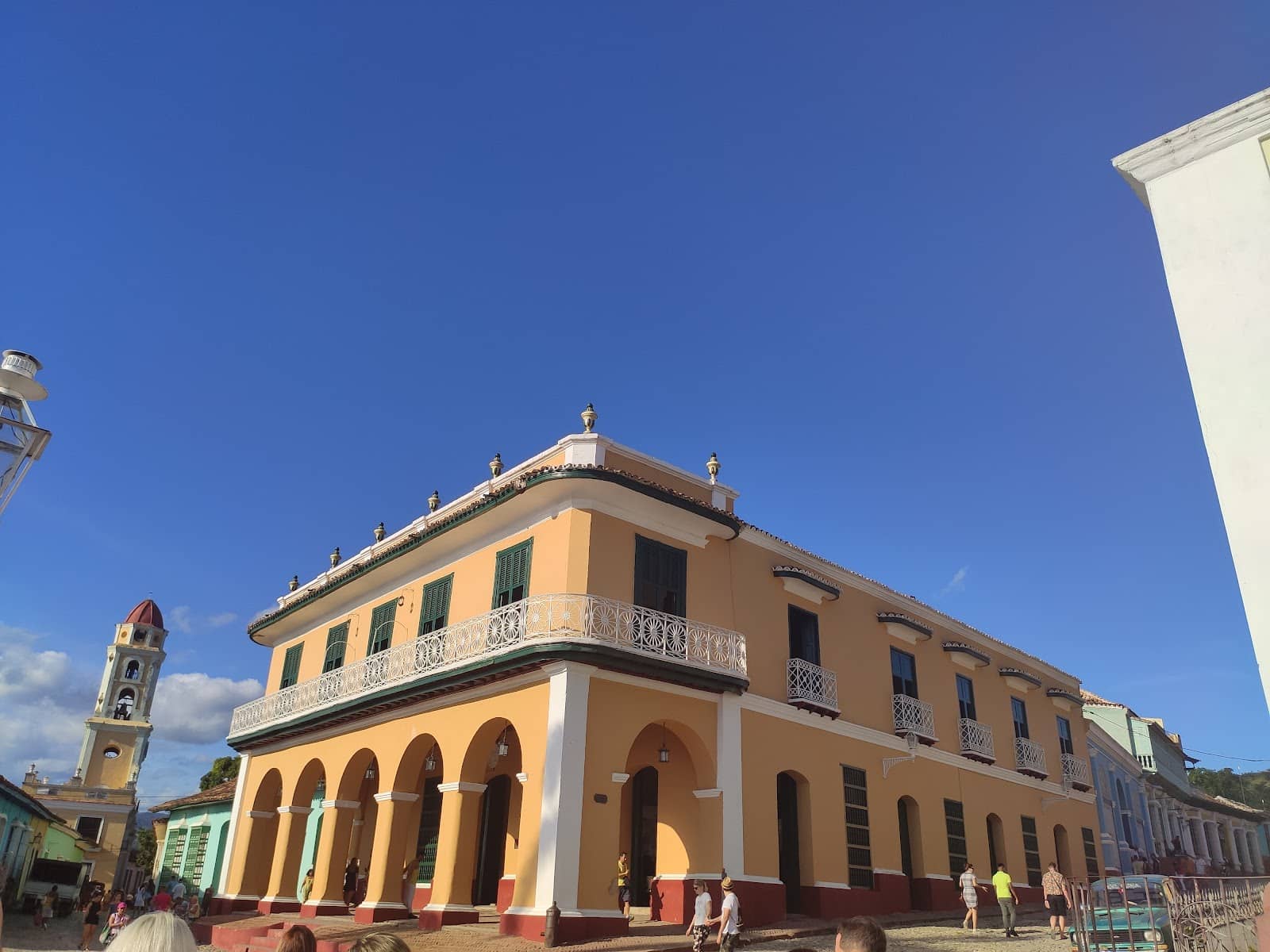
Highlights
Discover the most iconic attractions and experiences

Colonial Architecture
Throughout the museum
Marvel at the preserved mansions showcasing 18th-century building techniques and design.

Artifacts of Daily Life
Exhibit halls
Discover fascinating objects, from antique furniture to ingenious 'natural fridges' used for food preservation.
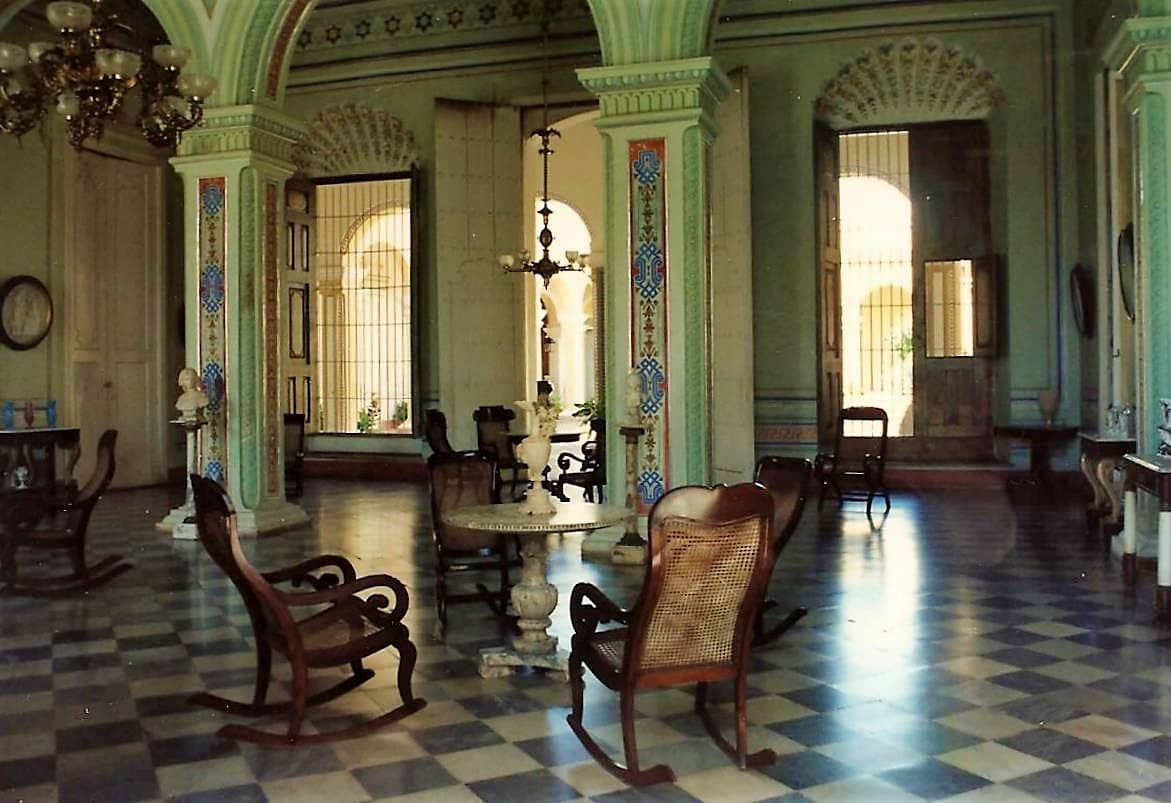
Evolution of Building Practices
Exhibits on construction
Learn about the island's building evolution from its earliest settlers.
Plans like a pro.
Thinks like you
Planning Your Visit
Timing is Everything
Embrace the Local Language
Best Times
Insider Tips
from TikTok, Instagram & Reddit
🗣️ Learn Basic Spanish
Enhances understanding of guides and signs, making the visit much richer.
⏳ Allow ample time
Don't rush; 1-2 hours lets you appreciate the details.
🧐 Read the signs
Many exhibits have explanations; reading them improves the experience.
💰 Tip your guide
Guides appreciate discreet tips for their service.
Tips
from all over the internet
🗣️ Learn Basic Spanish
Enhances understanding of guides and signs, making the visit much richer.
⏳ Allow ample time
Don't rush; 1-2 hours lets you appreciate the details.
🧐 Read the signs
Many exhibits have explanations; reading them improves the experience.
💰 Tip your guide
Guides appreciate discreet tips for their service.
What Travellers Say
Reviews Summary
Visitors are often surprised by the quality and number of artifacts, finding the museum a must-see for its insights into colonial building practices. While some find the exhibits sparse or guides' English limited, those who engage with the history and learn some Spanish report a deeply fascinating and enjoyable experience, highlighting the ingenuity of past construction methods.
"This museum is just as good as the Museum of Archeology across the park. I could not believe my eyes with the quality and the number of significant artefacts here as well. Both museums should be National tourist sites however most tourists don't enter in here either because they don't even know it exists! There should be a yellow sign with an arrow that directs people here. I was truly amazed by this place too. MUST SEE!!! UPDATE: Ok I just read other reviews and noticed many people saying there is not much to see here... not true at all. I could have spent 2 houres here no problem. Here is the problem though. People expect a guide who speaks English very well they don't bother reading the signs that explain what everything is. They loose interest very fast. If you learn some Spanish before coming to Cuba you would enjoy everything so much more. We took the time to learn a bit so we REALLY enjoyed the guided visit! Learning how they built those mansions in the 1700's was truly fascinating."
Madame Allen
"Trinidad is a small town in souther Cuba. The town is picturesque and located adjacent to a notional park. The museum shows the evolution of building practices on the island from its first settlers in particular. The square is bordered by a church and some boutique hotels, bars, and restaurants. We explored the adjacent national park where we came upon a man with a small stand selling coffee. He would pound the beans, which he grew on his property, while singing. With each coffee he gave you a cigar rolled from tobacco also grown on his property. The local restaurants were good for the most part. We particularly like the ones that had live music playing. The musicians were very good and the volume comfortable while eating."
D Stevens
"Beautiful for whoever like antique furniture, etc. I went there last July and staff was friendly! There's a lot of interesting things you can learn, like the sort of natural fridge (let's call it that way) where they used to keep fruits and meals fresh at that time..around 1800."
Me Rodriguez
What People Like
What People Dislike
Frequently Asked Questions
🚇 🗺️ Getting There
The museum is typically located within a historic town center, often accessible by local taxis or on foot if you're staying nearby. If arriving in a larger city, inquire about local bus routes or shared taxi services that frequent historic districts.
Parking in historic colonial areas can be challenging. It's often best to use public transport or taxis, or be prepared for a short walk from designated parking zones outside the immediate historic center.
Yes, if you are visiting other sites within the same colonial town or historic district, walking is often the most convenient way to get around and discover hidden gems.
🎫 🎫 Tickets & Entry
Opening hours can vary, but generally, museums in colonial towns operate during daylight hours, often closing in the late afternoon. It's advisable to check local listings or inquire at your accommodation for the most current times.
Admission fees are typically modest, reflecting the historical and cultural significance of the site. Expect prices to be reasonable, especially in comparison to major international museums.
For most colonial architecture museums, advance booking is usually not required. Tickets can typically be purchased at the entrance upon arrival.
Yes, guided tours are often offered, though they may be primarily in Spanish. Engaging a guide can provide deeper insights into the architecture and history.
Often, there are reduced rates or free entry for children, depending on their age. It's best to inquire at the ticket counter for specific family pricing.
🎫 🏛️ Onsite Experience
The museum showcases the evolution of building practices and architectural styles from the colonial era, often housed within a preserved historic mansion.
You'll find a range of items from the colonial period, including antique furniture, household items, tools, and exhibits detailing construction methods and historical lifestyles.
Absolutely! It's a fantastic place for history buffs to learn about the construction and daily life during the colonial period.
Most visitors find that 1 to 2 hours is sufficient to explore the exhibits thoroughly and appreciate the architecture.
While primarily focused on preservation and display, some exhibits might explain historical techniques in an engaging way, like the 'natural fridges' mentioned by visitors.
📸 📸 Photography
Photography policies can vary. Generally, non-flash photography is permitted for personal use, but it's always best to check for posted signs or ask staff.
The architectural details, courtyards, and preserved rooms offer excellent photographic opportunities. Look for interesting doorways, window frames, and decorative elements.
Drone photography is almost certainly prohibited within museum premises and historic centers to protect the structures and ensure visitor safety.
For Different Travelers
Tailored advice for your travel style
👨👩👧 Families with Kids
While the exhibits might not be overtly interactive, the sheer scale of the historic homes can be captivating for younger visitors. Encourage them to notice details like the size of rooms, the types of windows, or how different objects were used. If a guide is available, even a brief explanation in Spanish can be a fun learning experience, especially if you can translate key points.
💰 Budget Travelers
To maximize value, consider learning a few Spanish phrases. This can help you understand the guides better, potentially reducing the need for extensive English-language materials or tours, which might incur extra costs elsewhere. Combine your visit with exploring the surrounding colonial town on foot, which is usually free and offers its own charm.
Deep Dives
In-depth insights and expert knowledge
The Art of Colonial Construction
Many of these buildings demonstrate a deep understanding of passive cooling techniques. For instance, visitors often marvel at the historical methods used for refrigeration, sometimes referred to as 'natural fridges,' which kept food fresh without modern technology. This focus on practical design, combined with the rich decorative elements, makes exploring these spaces a truly educational experience.
Beyond the individual homes, the museum often contextualizes these architectural marvels within the broader history of settlement and development. Understanding how these mansions were built provides a tangible connection to the lives of those who inhabited them, offering insights into their social structures and daily routines.
Navigating the Museum Experience
Guides play a significant role in the visitor experience. While some guides are described as 'persistent' and reciting information by heart, others can offer a truly enriching guided visit, especially if you've learned some Spanish beforehand. Engaging with the guide, asking questions, and showing genuine interest can transform a potentially brief visit into a deeply informative one. Remember that many guides may not be fluent in English, so a little Spanish can go a long way.
Ultimately, the museum's value lies in its ability to transport you back in time. It's a place to appreciate the craftsmanship, the historical context, and the evolution of living spaces. By approaching it with an open mind and a willingness to learn, you can have a truly memorable and insightful experience.
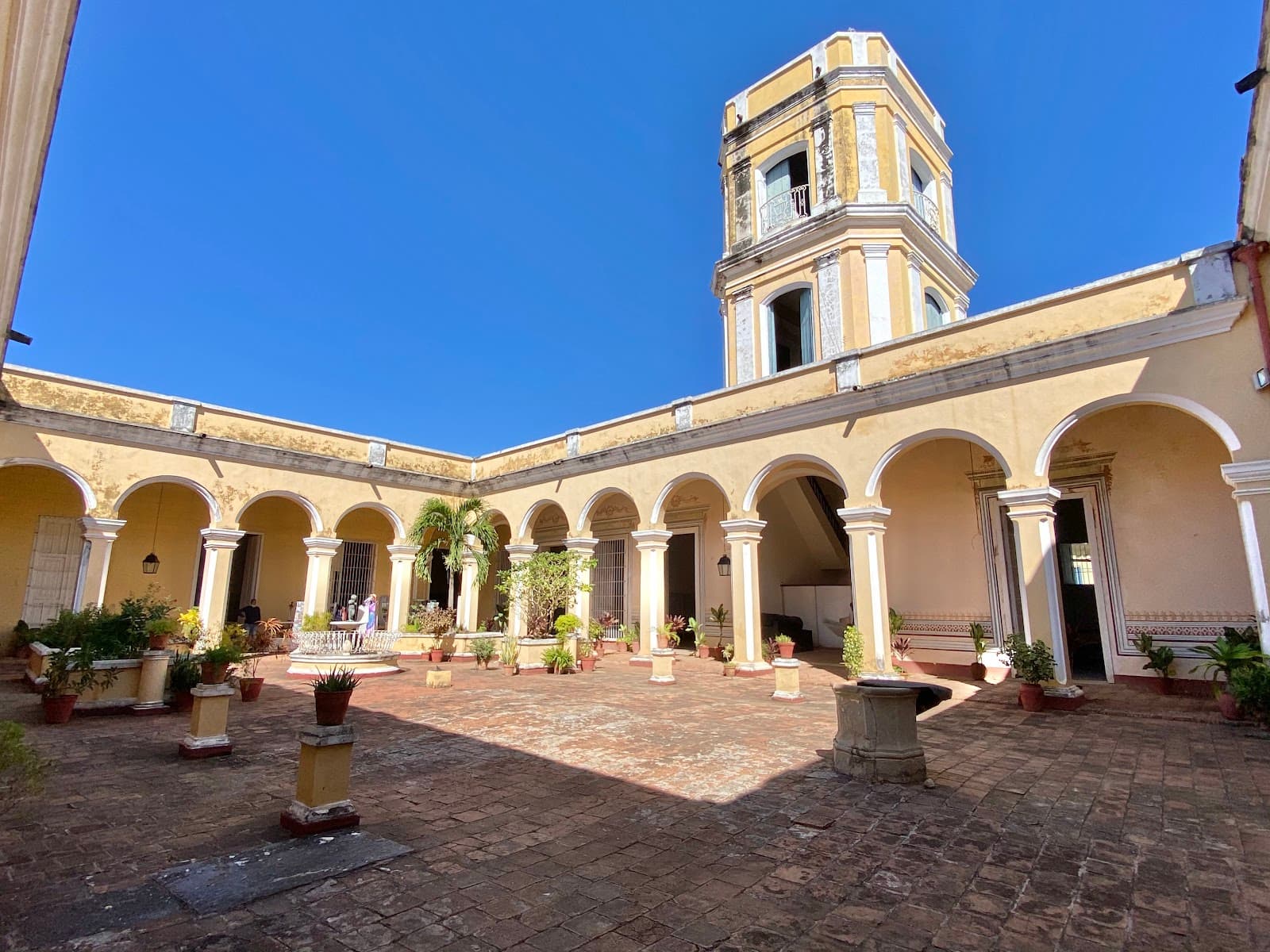

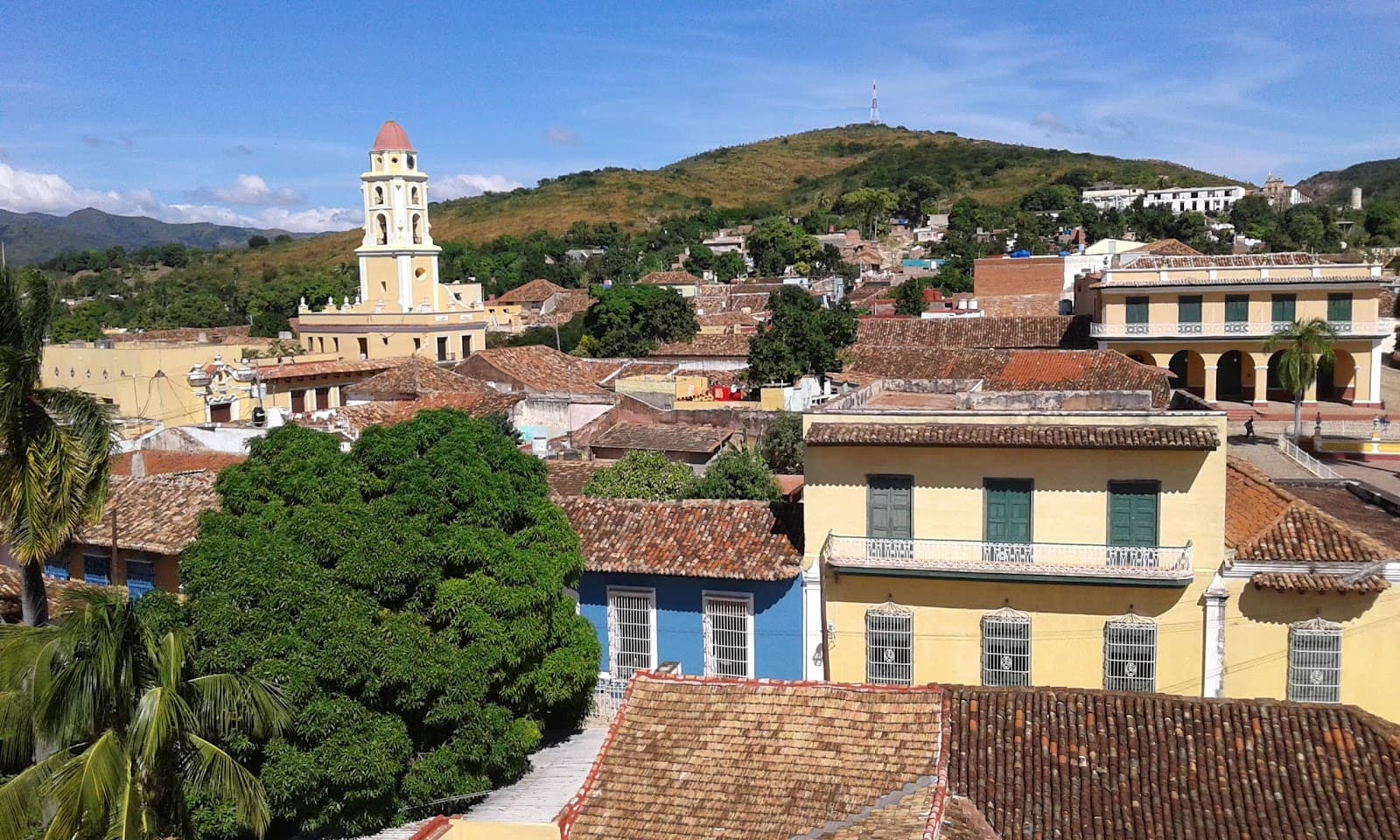
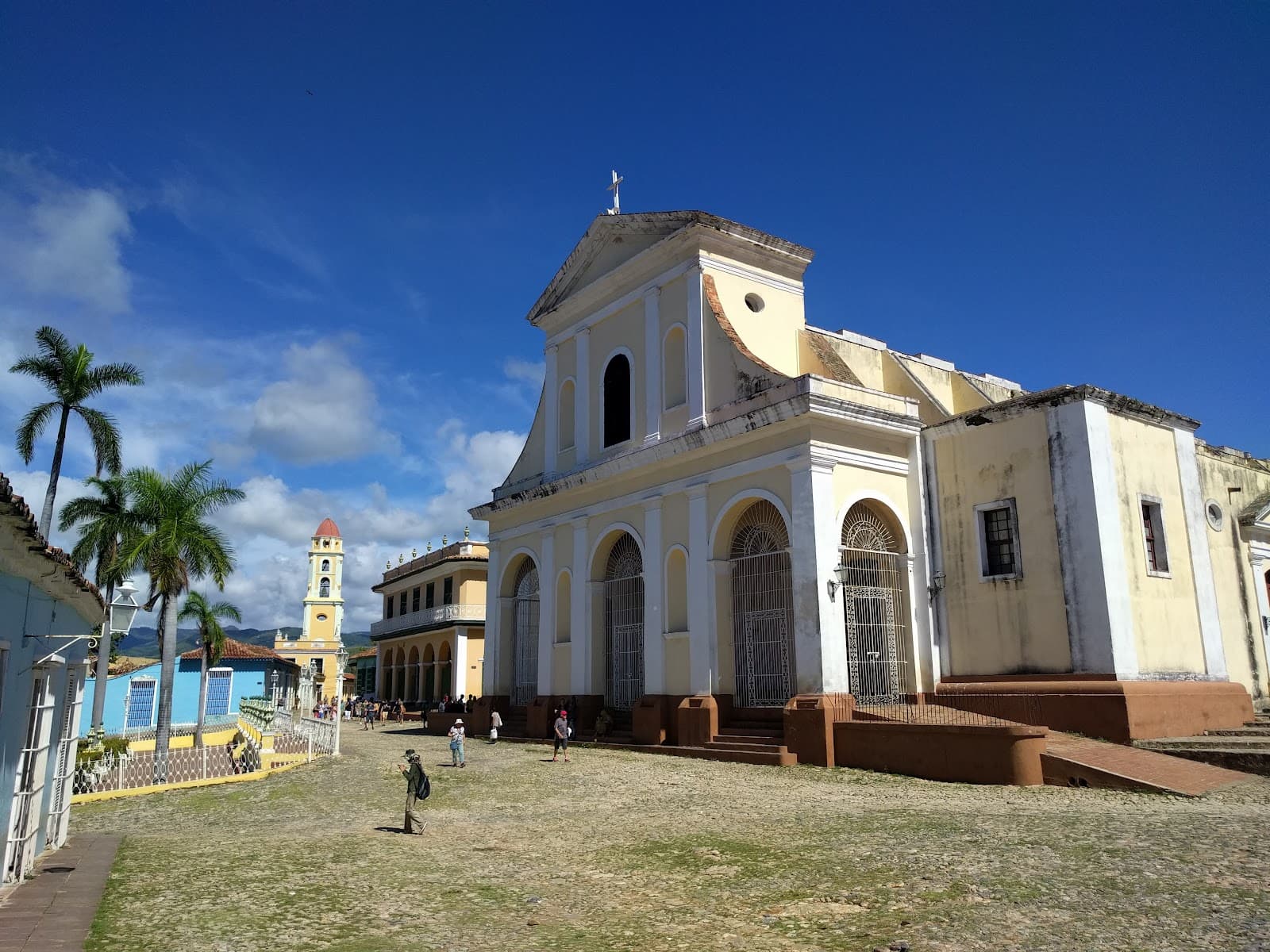
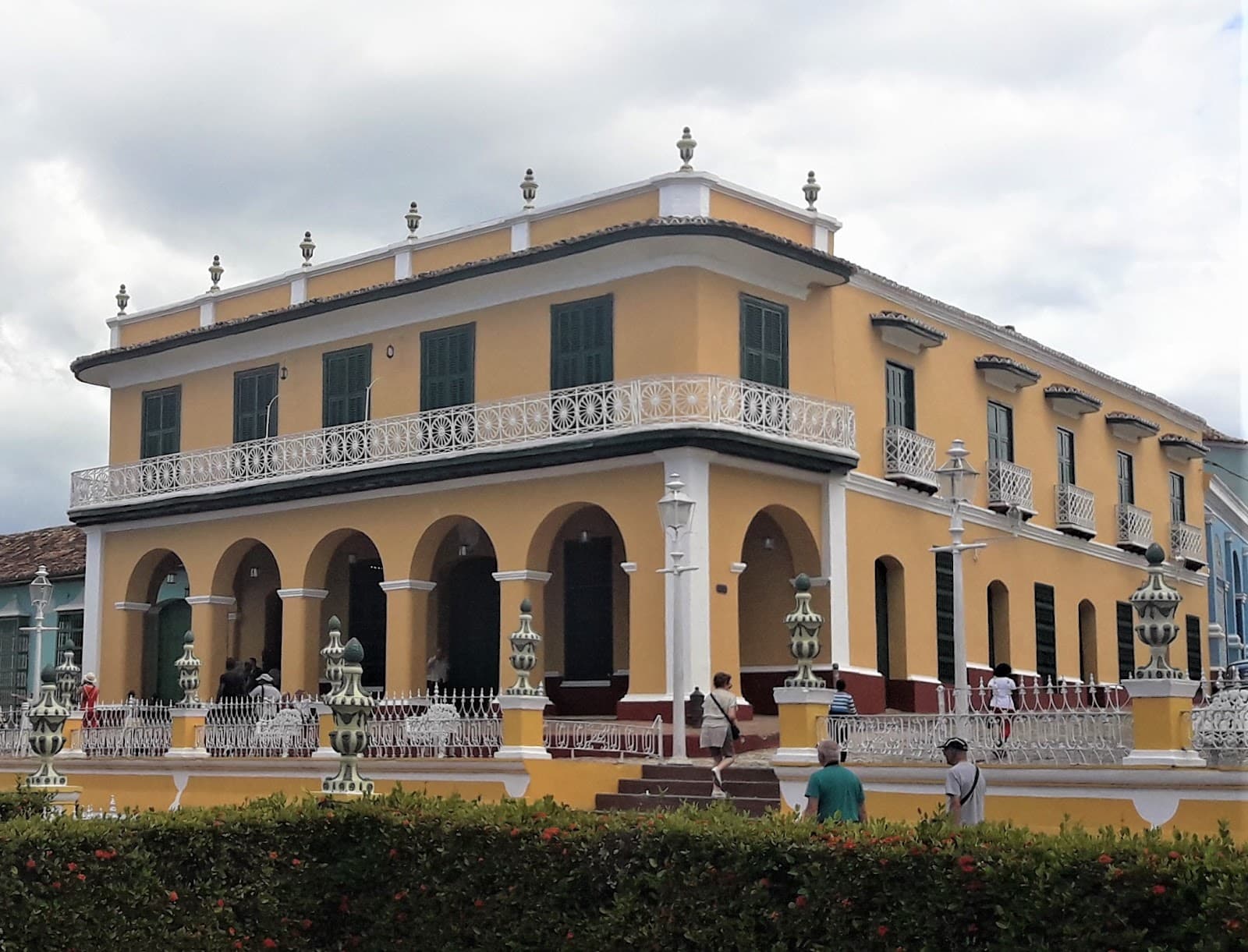
Social
from TikTok, Instagram & Reddit